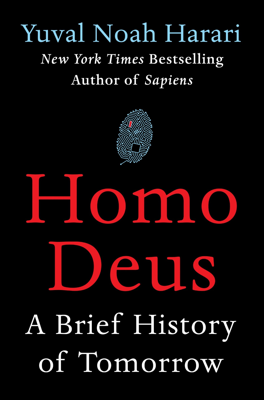The Odd Couple
The Power of Stories in Shaping Reality
Stories about gods, nations, and corporations have historically shaped societies by becoming more influential than objective reality itself. These fictions, such as the belief in Sobek or the Bible, have motivated massive human projects like the building of monuments and cathedrals. Despite the visible impact of modern science, which seems to clash with these ancient myths, stories continue to dominate human endeavors.
Science and Religion: An Evolving Relationship
The chapter argues that the relationship between science and religion is complex, not merely adversarial as often portrayed. Science, by providing systematic explanations of phenomena, offers a different kind of binding force than religious stories, which historically united societies through shared beliefs. However, unlike the impotence of prayers to Sobek in controlling the Nile, scientific theories and technologies like antibiotics have tangible effects regardless of belief.
Today, with advances in technology and science, traditional myths still persist but are intertwined with scientific advancements, making them more potent. Rather than diminishing religious and mythical thinking, science may empower them by enabling the shaping of reality to fit human fictions more than ever before.
Diverse Definitions and Roles of Religion
This analysis suggests reconsidering the definition of religion, extending beyond mere superstition or spiritualism to encompass systems that confer superhuman legitimacy on human social structures. Religion, through this lens, is seen not just as a belief in supernatural beings or gods but as a complex of practices that justify and maintain social norms and values, aligning them with perceived superhuman or natural laws.
Ethical and Factual Components of Religious Beliefs
The narrative goes further into examining how religions merge ethical judgments and factual claims to derive practical guidelines, such as dietary laws or moral behaviors, which profoundly influence societal actions and norms. It illustrates this with vignettes across different historical periods and ideologies including Christianity, Judaism, and modern secular ideologies like liberalism, portrayed as religious in their adherence to unchangeable moral laws.
Challenge to Modern Societal Structures
The chapter poses critical questions about how societies can or should navigate the increasingly blurred lines between scientific facts, religious beliefs, and the intersubjective myths that continue to shape our realities and ethical systems. As new technologies allow for even greater manipulation of biological and physical realities, the interplay between science and religion may define new forms of ethical and societal structures, possibly enhancing the authority of some myths and challenging others.
In conclusion, the discourse around science and religion as an 'odd couple' emphasizes that despite centuries of supposed philosophical separation, they remain intertwined, influencing and redefining the boundaries of knowledge and belief in complex ways that defy simple categorization or opposition. The ongoing narrative between science and religion shapes fundamental aspects of societal development and individual understanding.
